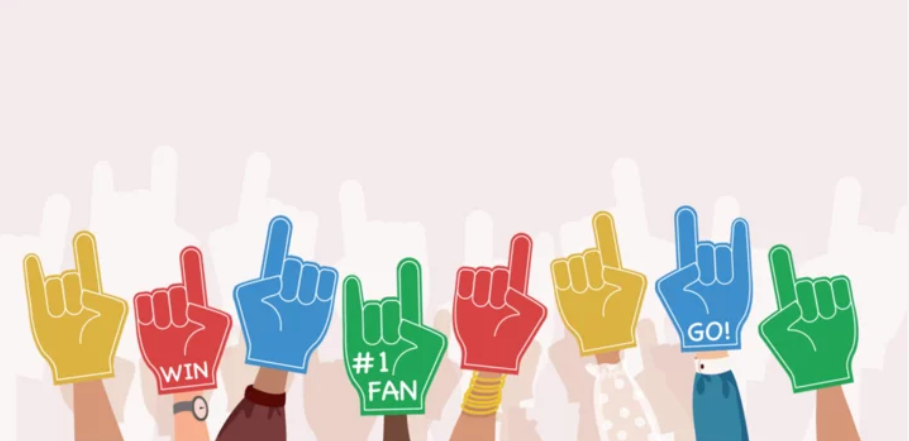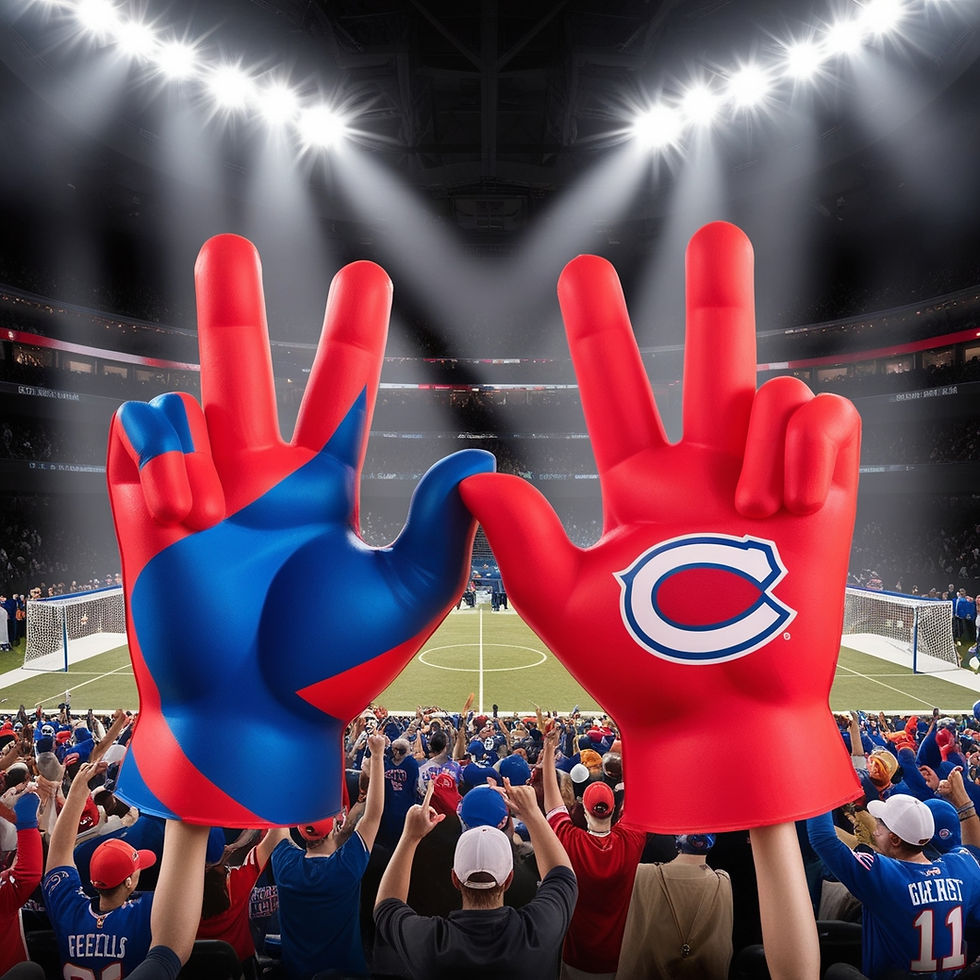The History and Popularity of Foam Fingers in Sports Culture
- evafoamsz
- Sep 2, 2024
- 3 min read

Foam fingers, those oversized, brightly colored hands waving in the air at sporting events, have become iconic symbols of fandom. Whether you’re at a football game, a basketball match, or a baseball showdown, the sight of fans enthusiastically brandishing foam fingers is almost guaranteed. But how did these quirky accessories become such a staple in sports culture? Let’s dive into the fascinating history and enduring popularity of foam fingers.
The Origins of Foam Fingers
The concept of the foam finger can be traced back to the early 1970s. Before foam fingers, fans would often use homemade signs, painted faces, and other creative means to show their support. The first foam finger as we know it today was created by a high school teacher named Steve Chmelar in 1971. Chmelar was looking for a way to support his school’s basketball team, so he crafted a giant hand from paper and plywood, complete with an extended index finger pointing skyward.
This homemade creation was a hit, and it soon became a symbol of support and encouragement. The design was simple yet effective—a large hand with the index finger extended, signifying that the team was “number one.” The concept caught on, and it wasn’t long before foam versions of these fingers started appearing at games.
Evolution into Foam Fingers
In 1978, a crucial development occurred when a foam manufacturer named Geral Fauss saw the potential of Chmelar’s idea and decided to commercialize it. Fauss, who was also a sports fan, created the first foam finger using soft polyurethane foam, which was lightweight, durable, and safe for fans to use in crowded stadiums.
The new foam version was an instant success. It was easy to produce, inexpensive and could be customized with team colors and logos. Fans quickly embraced the foam finger as a fun and expressive way to show their support, and it became a common sight at sports events across the United States.
The Role of Foam Fingers in Sports Culture
Foam fingers are more than just oversized novelty items; they are an integral part of sports culture. They allow fans to participate in the excitement of the game, providing a way to visually show their enthusiasm. The raised index finger, symbolizing that their team is “number one,” is a simple yet powerful gesture that resonates with fans of all ages.
One of the reasons foam fingers have remained popular over the years is their versatility. They are used at a variety of sports events, from high school games to professional leagues. Additionally, foam fingers are often customized for special events, rivalries, or to celebrate specific players.
The Impact on Fan Experience
Foam fingers have a unique ability to bring fans together. In a stadium packed with thousands of people, holding up a foam finger creates a sense of unity. It’s a way for fans to collectively express their support and solidarity with their team. The visual impact of hundreds or thousands of fans waving foam fingers in unison is a powerful display of fandom.

Moreover, foam fingers have become a popular souvenir. Many fans keep their foam fingers as a memento of the game they attended, a tangible reminder of the excitement and emotions of the event. This keepsake aspect further embeds foam fingers into the sports experience, making them a cherished part of sports culture.
The Popularity of Foam Fingers Today
Despite the many changes in sports culture and fan merchandise over the years, foam fingers have stood the test of time. They continue to be a popular item at sporting events, often sold by vendors in stadiums or available through foam fingers suppliers who specialize in sports memorabilia.
The popularity of foam fingers has also spread beyond sports. They have become a staple at concerts, political rallies, and other large events where crowd participation is encouraged. The foam finger’s iconic status has even made it a pop culture reference, appearing in movies, TV shows, and advertisements.
Customization and Marketing
One of the reasons foam fingers remain relevant is their potential for customization. Teams and organizations can easily print their logos, slogans, and colors on foam fingers, making them a perfect marketing tool. This customization not only boosts team spirit but also serves as a form of advertising.
Businesses may produce branded items that followers would appreciate by collaborating with a foam fingers supplier.
Conclusion
Foam fingers have cemented their place in sports culture, evolving from a homemade sign of support to an iconic symbol of fandom recognized around the world. With their history rooted in the spirit of camaraderie and competition, foam fingers are more than just a fun accessory—they're a timeless piece of sports culture that will continue to unite fans for generations to come.




Comments